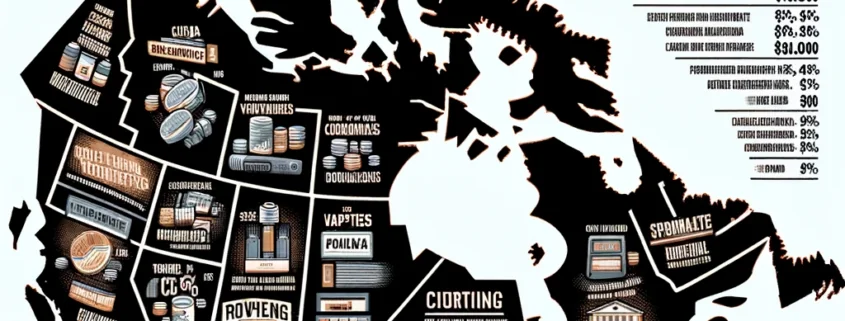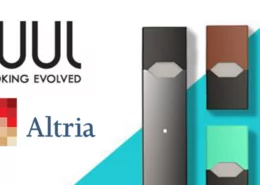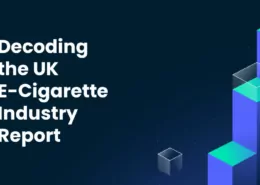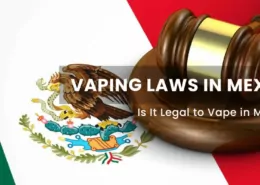Provincial Vaping Taxes in Canada: Current Status and Future Outlook
Concerns Grow Over Teen Vaping Rates, But Approaches Vary Across Canada
Ontario recently announced plans to impose a new provincial tax on vaping products, joining a federal taxation scheme aimed at addressing rapidly rising rates of vaping among Canadian youth. While several provinces have already implemented taxes on vapes, approaches remain inconsistent nationwide. Experts call Ontario’s move an important first step, but say more comprehensive strategies are needed to tackle this pressing public health issue.
In its 2023 fall economic update, Ontario announced plans to levy an additional tax on vaping products sold in the province, which would essentially double current federal vape duty rates. Ontario is the first province to formally enter into an agreement with Ottawa to implement the federal e-cigarette tax that took effect nationwide in October 2022.
Once Ontario’s provincial vaping tax is rolled out after months of preparation, the province will receive all revenue collected from the new levy. The provincial government plans to release further details on the timing and implementation of its new vaping tax in the coming months.
Ontario joins British Columbia, Nova Scotia, Saskatchewan, and Newfoundland and Labrador which have already implemented their own taxes on vapes and e-cigarettes at the provincial level. This uncoordinated patchwork approach has meant taxation levels can vary widely across different parts of Canada.
Recent data from Statistics Canada paints a troubling picture of rising vaping rates among Canadian teens. The latest national surveys show nearly 50% of young Canadians aged 20-24 and roughly one-third of youth aged 15-19 have now tried vaping at least once in their lives.
“We’ve made tremendous progress over the years to dramatically reduce smoking rates, but now we face the emerging threat of a whole new generation of kids becoming addicted to nicotine through these flavored e-cigarettes,” said Rob Cunningham, a senior policy analyst with the Canadian Cancer Society, in an interview with Global News. “These disturbing trends show that much more needs to be done to prevent youth vaping addiction before it spirals out of control.”
Cunningham stated higher taxation leading to increased vape prices represents an effective deterrent measure, but emphasized it should only be one part of a comprehensive, multi-pronged strategy to discourage vaping among teens and young adults nationwide. He believes Ontario’s move to double federal vape tax rates will likely curb usage rates among youth and young adults aged 18-25 experimenting with e-cigarettes. But Cunningham stressed that all provinces need to remain vigilant and proactive in addressing this growing public health issue confronting Canadian youth today.
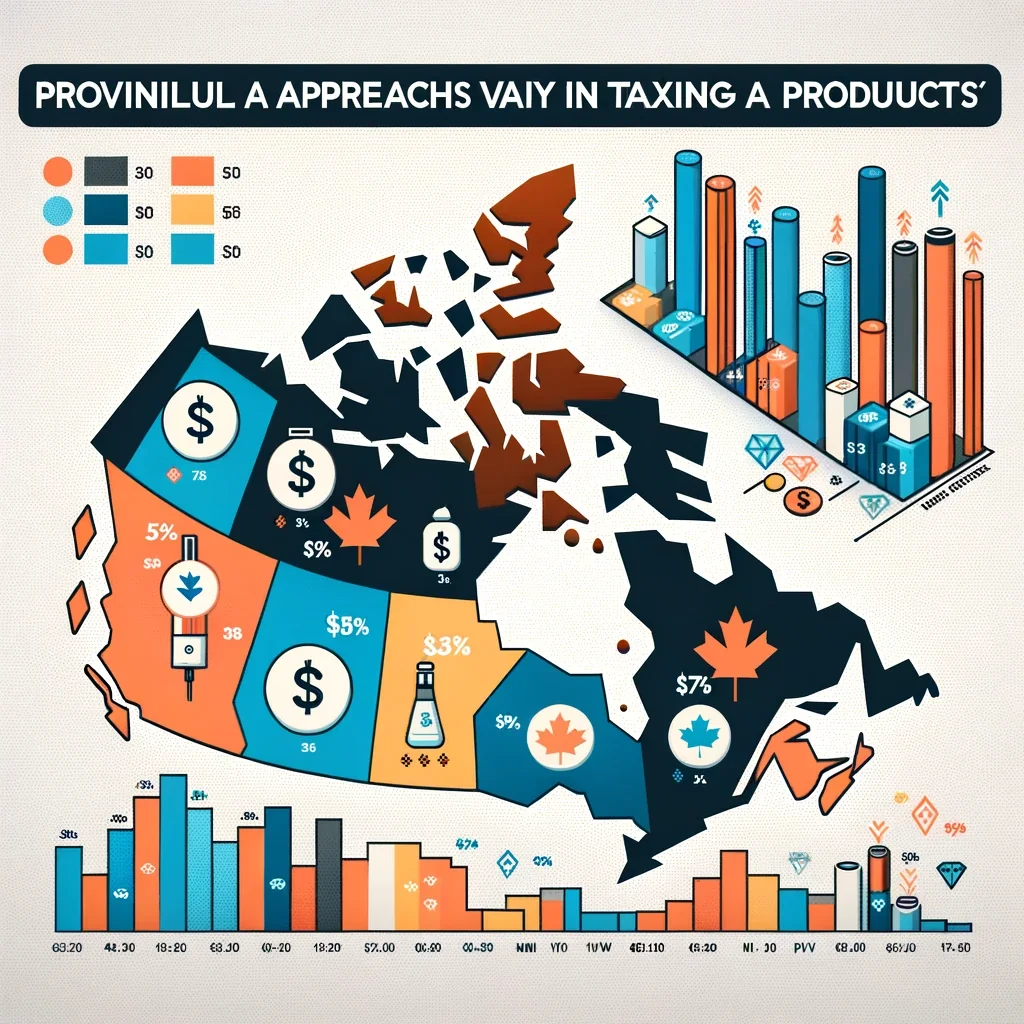
Provincial Approaches Vary in Taxing Vaping Products
British Columbia has taken the most aggressive approach so far, becoming the first province to impose a dedicated 20% sales tax on all vaping devices and liquids back in January 2020. Nova Scotia followed suit that September, levying specific taxes of $0.50 per mL on vaping liquids and $0.50 per gram on vaping solids. The tax rate on devices themselves is set at 20% of suggested retail selling price.
In addition to these targeted vaping taxes, such products in Nova Scotia are subject to the harmonized sales tax (HST) which combines the 10% provincial value-added tax with the 5% federal goods and services tax for a total of 15%. However, the province has so far declined to adopt the federal e-cigarette tax despite already taxing these products.
British Columbia
- 20% provincial sales tax on vaping devices and e-liquids since January 2020.
Nova Scotia
- $0.50 per ml tax on vape liquids.
- $0.50 per gram tax on vaping solids.
- 20% tax on vape device retail price.
- 15% harmonized sales tax (HST).
Since January 2021, Newfoundland and Labrador has charged a 20% provincial vapour products tax on all vape-related items sold in the province. Similar to Nova Scotia, these products also face the 15% blended federal-provincial HST. The provincial government continues monitoring emerging taxation approaches by Ottawa and other provinces.
Newfoundland and Labrador
- 20% provincial vaping tax.
- 15% harmonized sales tax (HST).
Saskatchewan has taken a relatively simple approach by slapping a flat 20% vapour product tax on all vaping liquids, associated products and devices since September 2021. Unlike most areas, vapes do not face the general provincial sales tax. When asked about the federal tax, Saskatchewan said it would be redundant given their existing 20% levy.
Saskatchewan
- 20% vaping tax on all vape liquids, products, and devices since September 2021.
and
Ontario
- Recently announced it will double federal vaping tax rates.
- Details on rollout expected soon.
Looking ahead, Nunavut has already signed an agreement to join the federal government’s coordinated national vaping taxation framework starting in July 2024. The territory openly acknowledged its vaping tax will not generate significant revenue, but stressed the policy is intended to discourage teen vaping.
Meanwhile, Prince Edward Island and New Brunswick are still actively weighing their options on vape taxation. P.E.I. confirmed plans to eventually implement coordinated federal-provincial vaping taxes but has not yet publicized a timeline. New Brunswick continues holding discussions on a potential duty but has not reached an agreement with Ottawa.
Alberta and Quebec are currently moving towards mirroring the federal approach. Alberta, which taxes vapes like tobacco, is now collaborating with Ottawa to join the national framework to curb youth vaping. Quebec is seriously considering applying an additional tax to double federal rates on vaping products sold in the province.
Provinces Considering Vaping Taxes
- Prince Edward Island
- New Brunswick
- Alberta
- Quebec
- Manitoba
- Yukon
Nunavut will implement the federal tax in 2024.
Updated:
The Ontario and Quebec government is introducing a new Provincial Vaping Excise Tax starting July 1, 2024. This move aims to deter vaping by increasing the cost of vape products, thereby contributing to public health efforts by discouraging nicotine consumption, particularly among the youth.
Strategies Needed to Reverse Rising Teen Vaping
Across all of Canada, it is illegal to sell or provide any vaping products to people under age 18, with some provinces like Nova Scotia and P.E.I. enacting even higher minimum ages of 19 or 21. Health Canada strongly cautions that vaping can lead to nicotine addiction and expose lungs to harmful chemicals. The agency explicitly advises against vaping for youth and people who do not use tobacco products.

“We know that kids who vape are 3.6 times more likely to migrate to smoking combustible cigarettes over time,” said Jessica Buckley, President and CEO of the Lung Health Foundation, in an interview. “So youth vaping poses huge risks in terms of potentially erasing decades of hard-fought public health gains achieved through anti-smoking efforts.”
Buckley argues that while taxation is an obvious first step, provinces should also consider implementing nationwide bans on flavored nicotine vaping products which hold strong appeal for teens. Currently, only six provinces and territories restrict the sale of flavored vapes to varying degrees. Buckley points to research indicating about 65% of young vapers use flavored cartridges and pods.
Other experts like Rob Cunningham emphasize that plain packaging requirements, advertising restrictions, tighter online sales controls and minimum tobacco/vaping age of 21 could provide additional levers to prevent youth addiction and reverse current trends. But for now, provinces seem split: some have declined to participate in federal vaping taxes, while others are moving aggressively with their own taxation regimes.
Nonetheless, a growing consensus of health advocates emphasize that only cooperative, comprehensive strategies can successfully combat the pressing public health threats posed by rapidly rising rates of vaping and e-cigarette use among Canadian teens today. While views on Ottawa’s taxation scheme may differ regionally, provincial leaders across the political spectrum are united in calling for urgent collaborative action.
A Coordinated Nationwide Approach is Key
In the face of a vaping addiction epidemic among Canadian teens and young adults, provincial vaping taxes are clearly a powerful tool to discourage youth uptake and usage. But progress has been inconsistent across the country so far.
As Ontario and other provinces prepare to roll out new taxes, public health advocates universally agree that only a coherent national strategy will turn the tide on this alarming generational threat.
- Bestselling Vapes in UK After Disposable Ban: What to Stock 2025 - August 8, 2025
- Argentina Debates Stricter Vape Laws Amid Prohibition Failures - August 8, 2025
- Nigeria Advocacy Group Urged to Hike Tobacco & Vape Tax by 100% - August 8, 2025

